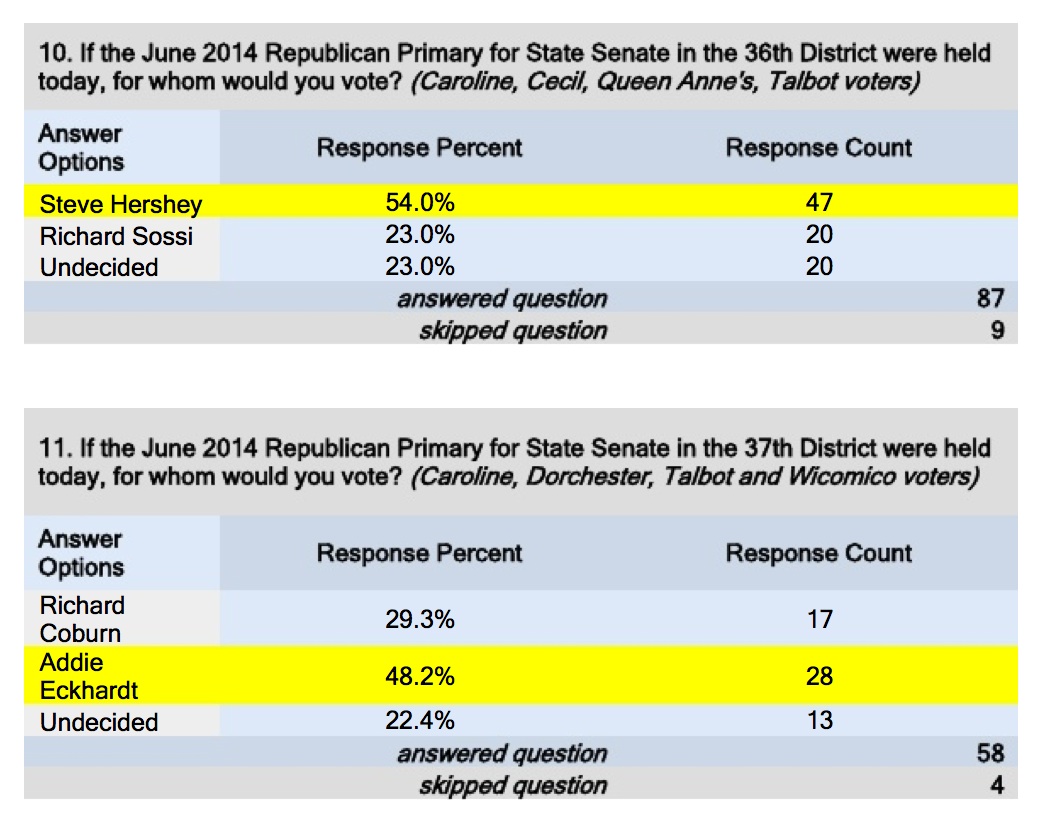“Poll: Trump surges to lead in big lead in GOP presidential race” is currently the lead headline trumpeted on the Washington Post website. While I am as big a poll junkie as the next person who follows politics like baseball, this seems a good opportunity to remember how meaningless presidential primary polls are at this point.
Money is Being Raised, Not Spent
While candidates are busy dialing for dollars, they aren’t spending their hoards of cash on media yet. When they do, it will play a major role in defining candidates and today’s leader easily becomes the next one on the garbage heap.
Mitt Romney became the Republican nominee in 2012 by going negative on each new anti-Romney in turn. As the following chart shows, Rick Perry, Newt Gingrich, Herman Cain, and Rick Santorum each had their 15 minutes during the last go round.
Election expenditures by Super PACs and others will also shape public opinion. Nearly $3.4 million dollars was spent by “outside groups,” including Super PACs supporting a candidate, attacking Gingrich in Iowa after he took a polling lead. After Gingrich resurfaced in South Carolina–groups favoring him spent $3.0 million there attacking Romney–other groups spent another $9.9 million pulverizing Gingrich into oblivion in Florida.
Media Moment
Most candidates are completely unknown to the American people, including the much smaller primary selectorate. Nothing gets media attention like making outrageous statements. Long before Donald Trump, we had Pat Buchanan closing speeches by calling people to “lock and load” for the conservanut revolution.
Inevitably, going up in the polls is followed by media scrutiny, which leads to either media gaffe or discovery of past embarrassment sure to be featured on all the news and comedy programs. Remember that Herman Cain’s ephemerally popular 9-9-9 plan was followed by “U-beki-beki-beki-beki-stan-stan.” Rick Perry couldn’t recall the Cabinet departments he planned to cut but now has new Google glasses designed to help him out this year.
In short, after the media has raised one up by giving red-meat remarks attention and the ripped them to shreds, the public and the cameras move on to the next one.
Ask a Stupid Question, Get a Stupid Answer
Asking people who they plan to support for president this far out from the event makes no sense. They haven’t focused on the election. Excepting Hillary Clinton, they don’t know much about any of the candidates.
When prompted by a question, people usually try to give answer. Doesn’t mean that their response on who they support is a fixed or remotely firm opinion. So just regard polls like the one in today’s Post as something designed to entertain us during the summer, sorta like Donald Trump’s hair, but not to be taken seriously in fall.



